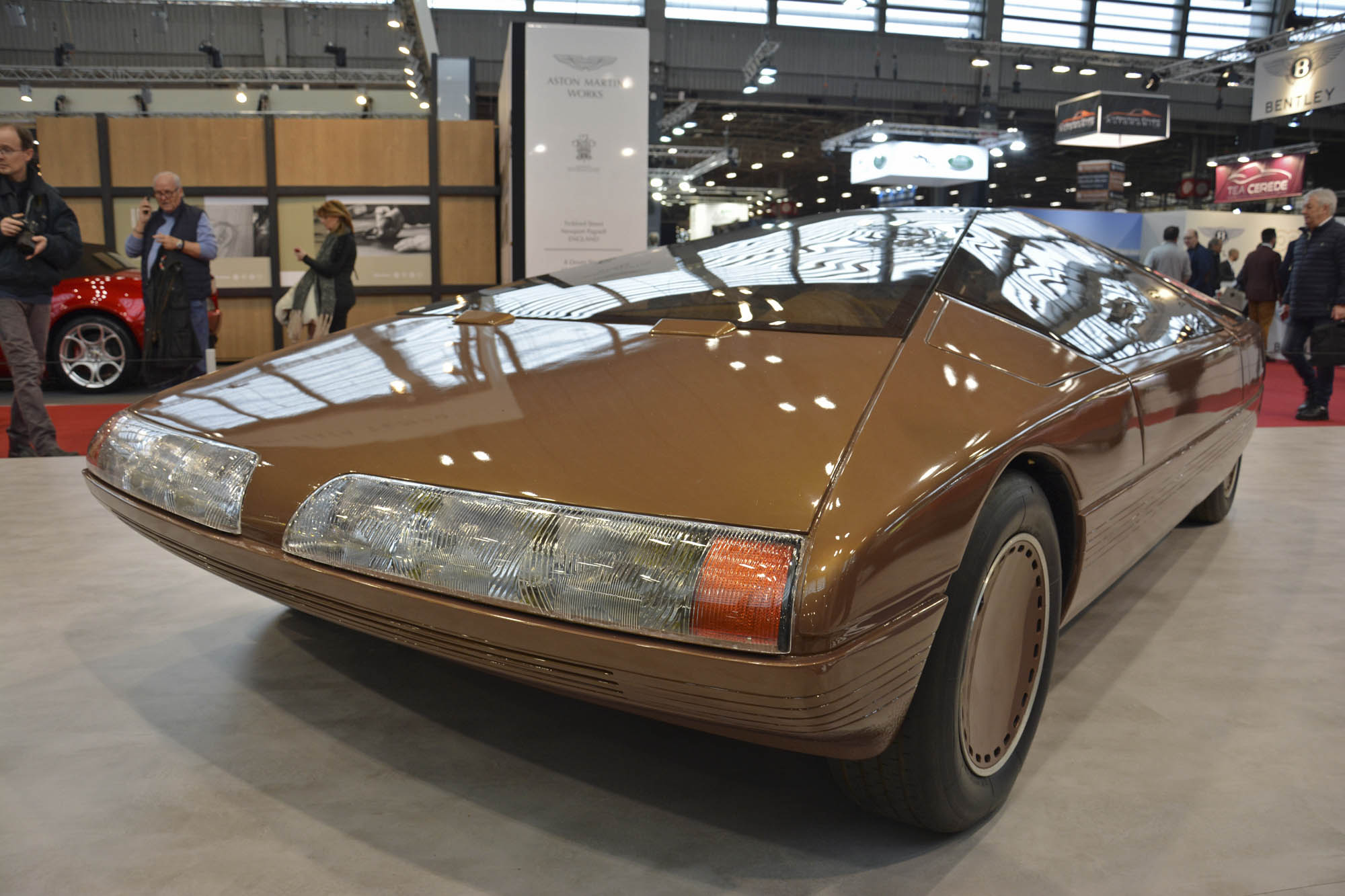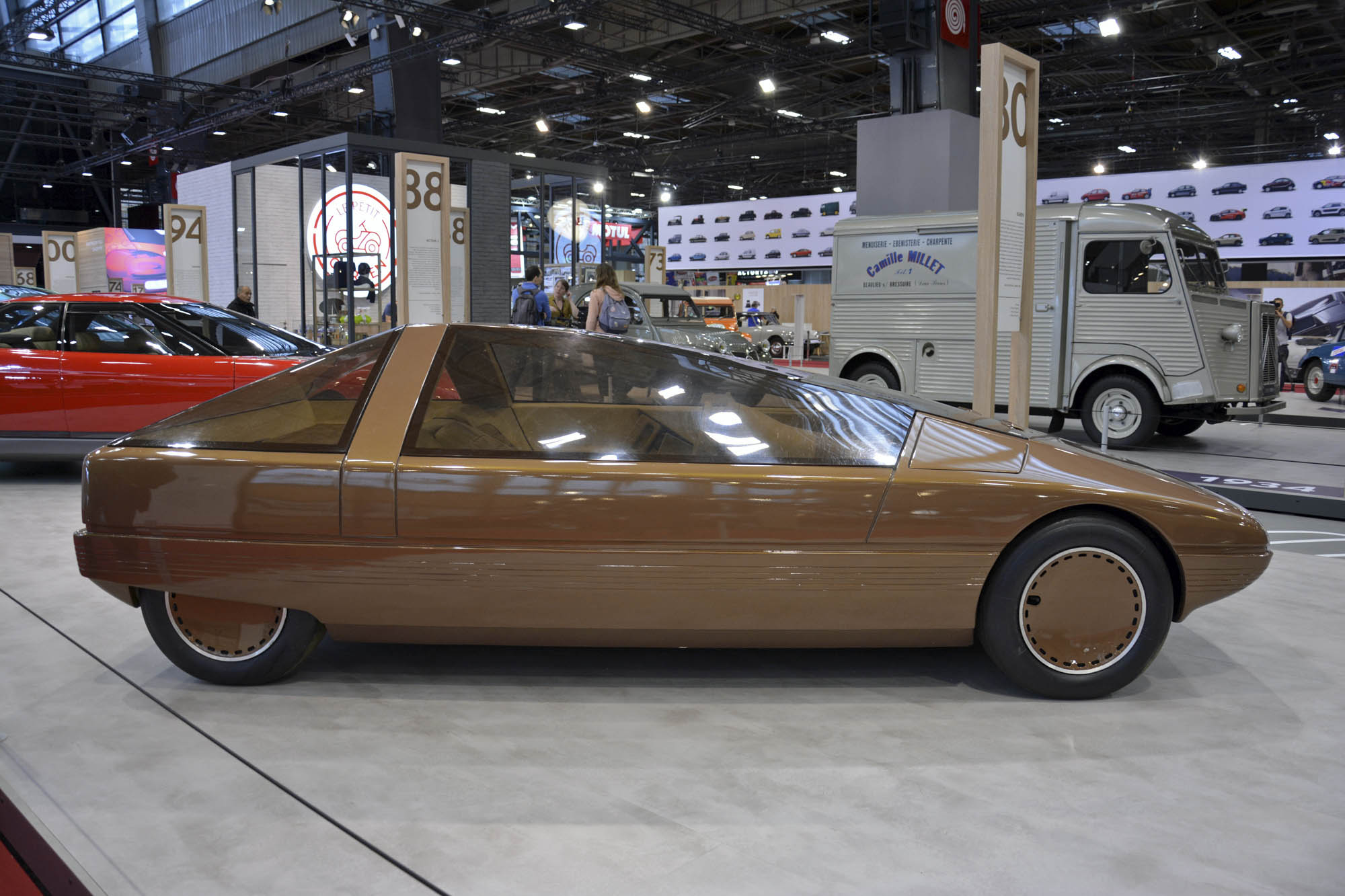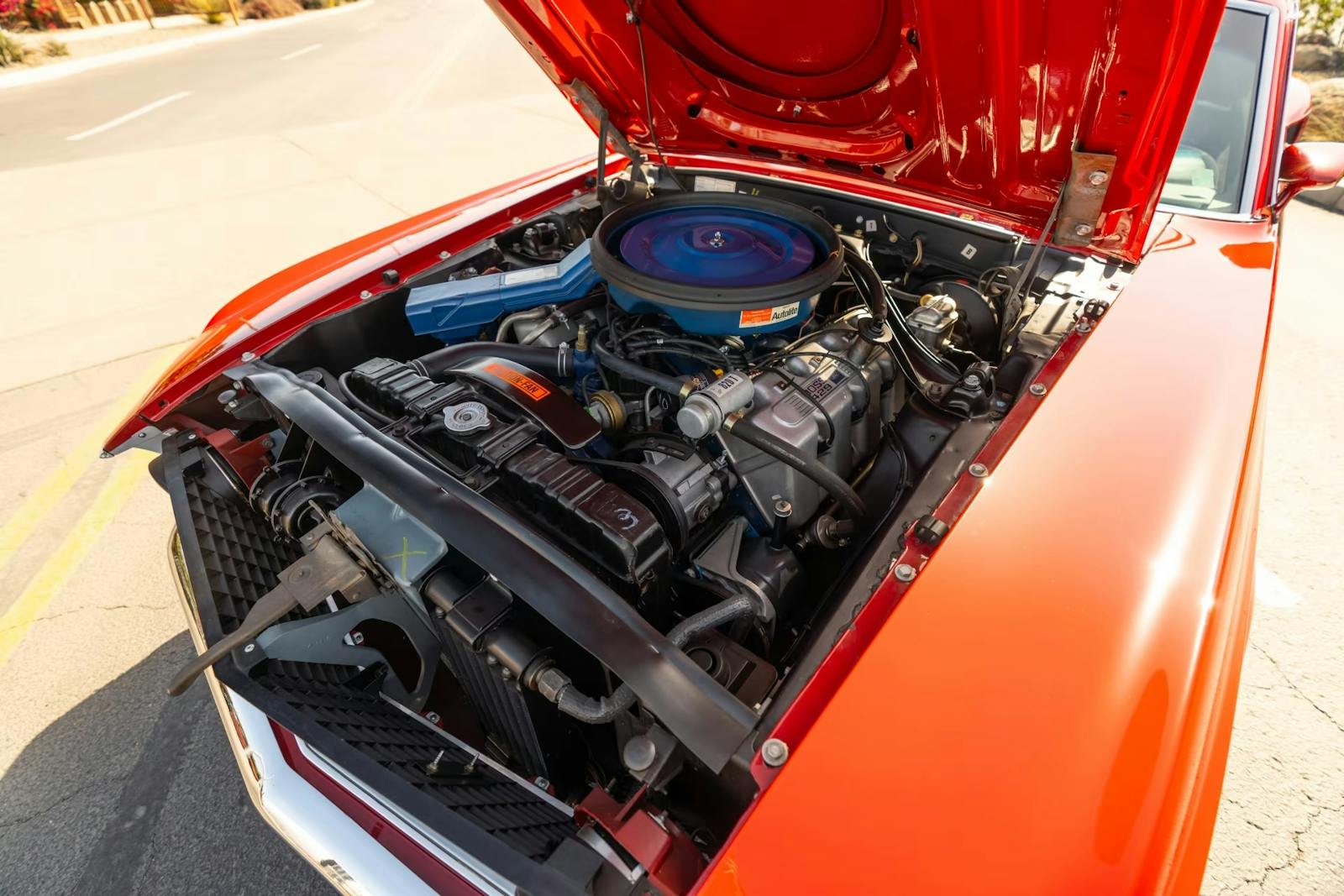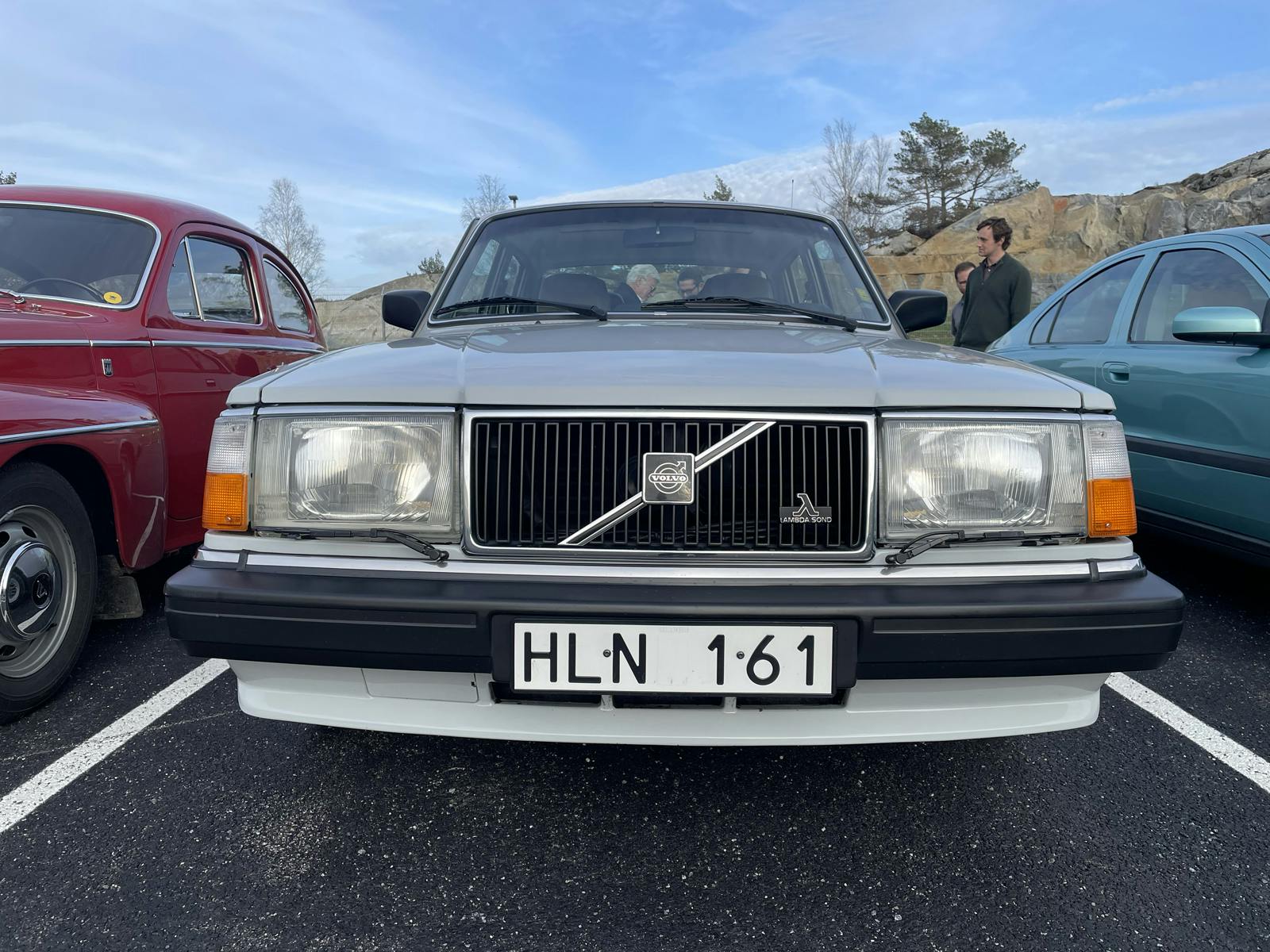Citroën celebrates 100 years of creativity, innovation, and quirkiness
Citroën has spent an overwhelming majority of its century in business delicately balancing a surplus of creativity and a shortage of funds. Throughout the ‘50s and ‘60s, its research and development department oozed with innovation as it attempted to reinvent and rejuvenate automobile design and engineering. What motorists saw in showrooms was only the tip of the iceberg; many of the company’s most far-fetched ideas never reached production, and they remained out of the public eye for decades.
In 2019, Citroën is finally opening up. The company celebrated its 100th birthday at the Rétromobile show in Paris with a large serving of Gallic quirkiness, and it promises to keep the theme going until the end of the year.
The spaceship-like C10 prototype was one of the most interesting cars on display during the event. It illustrates Citroën’s vision of the future in 1956, designed to be as light and as aerodynamic as possible. To that end, it tipped the scale at about 850 pounds, thanks to an aluminum body, and its droplet-shaped silhouette gave it a 0.25 drag coefficient. That’s better than the last-generation BMW 3 Series. An air-cooled, flat-twin engine borrowed from the 2CV sent it to a top speed of about 60 mph.



Here’s the crazy part: Citroën seriously considered building the C10. It would have filled the chasm that separated the 2CV and the DS in the late ’50s. Instead, it moved forward with the development of a more conventional (but still off-beat) 2CV-based model in 1961—the Ami 6. It was the last all-new Citroën until the Dyane made its debut in 1967, but the company’s engineers kept busy. They developed Wankel technology with NSU, and they briefly teamed up with Fiat to work on a small car. They also began designing the model that would finally bridge the gap between the smaller, two-cylinder-powered cars and the bigger ID/DS models. Named GS, it arrived in 1970.
The GS made its debut as a four-door sedan. It didn’t take long for Italian design house Bertone to turn it into a striking coupe. Presented at the 1972 Geneva Auto Show, the GS Camargue concept stood out with a wedge-shaped silhouette reminiscent of Bertone’s earlier (and later) designs, and an extra-wide panoramic windshield that gave the passengers a nearly unobstructed view of the outside world. The body hid mechanical components borrowed from the regular-production model, like an air-cooled flat-four engine that spun the front wheels and an adjustable, hydropneumatic suspension system.
The Camargue remained at the concept stage, never making it to production. It was too bold for its own good, and the 1973 fuel crisis combined with the company’s deep-rooted financial problems didn’t help its cause, either. It nonetheless marked the beginning of a decades-long partnership between Citroën and Bertone that spawned the BX, XM, ZX, and Xantia. The plan was never to fully outsource design to Bertone, though.

Citroën placed Trevor Fiore at the helm of its design department in 1980. He faced the not-insignificant task of picking up where Robert Opron left off when he joined Renault in 1975. Within a few weeks of starting his new job, Fiore had drawn a head-turning concept named Karin and presented it at the 1980 edition of the Paris auto show. It looked like nothing else in this galaxy.
The Karin was shaped like a pyramid, though there were no hieroglyphics or pharaohs inside, and it featured a three-seater cabin that placed the driver front and center. There were no stalks, which didn’t surprise anyone; Citroën started moving away from them in the 1970s when it fitted its cars with drum-shaped pods. Fiore took the idea to the next level by placing nearly every button in the cabin around the Karin’s steering wheel. The concept never became a candidate for production, but it announced Citroën’s intention to steer its design language in a boxier direction, starting with the BX.
The XM and the Xantia, released in 1989 and ’93, respectively, were among Citroën’s most angular models. Designers sensed the tide turning, so they penned the 1988 Activa 1 concept to illustrate how they imagined the four-door sedan of the 1990s. It was sleek and futuristic inside and out. The brakes, suspension system, and steering were all electronically controlled. The Activa 1 even featured a head-up display. It was a rolling laboratory of tech features, and it was never seriously considered for production, but some its innovations trickled down to the XM and Xantia during the 1990s.



Broadly speaking, the purpose of a concept car shifted during the 1990s. Design studies began to preview production models, though not as blatantly and unimaginatively as they do in 2019. The 1994 Xanae concept announced a new type of family car that married usability and comfort. It was smaller than a minivan, more spacious than a sedan, and less utilitarian than a commercial van.
The Xanae required a lot of fine-tuning before it reached showrooms, and certain elements of it remained at the concept stage, for better or worse. Stylists sculpted it into the Xsara Picasso, unveiled in 1999. It was a surprisingly forward-thinking model from a company whose design well had run dry. Cars like the Saxo, Xsara, and Berlingo were as exciting to look at as the signs on the wall in the post office.
Then, the C4 Cactus emerged in 2014. One look at the Cactus is a clear indicator that Citroën placed design and comfort at the forefront of its renaissance. Citroën hopes to keep the momentum going in 2019 by unveiling two concept cars. One will represent the company’s vision for the future of urban mobility, the second will place an unabashed emphasis on comfort. Time will tell if the new Citroëns will be as interesting to look at in 2082 as the C10 is today.






















